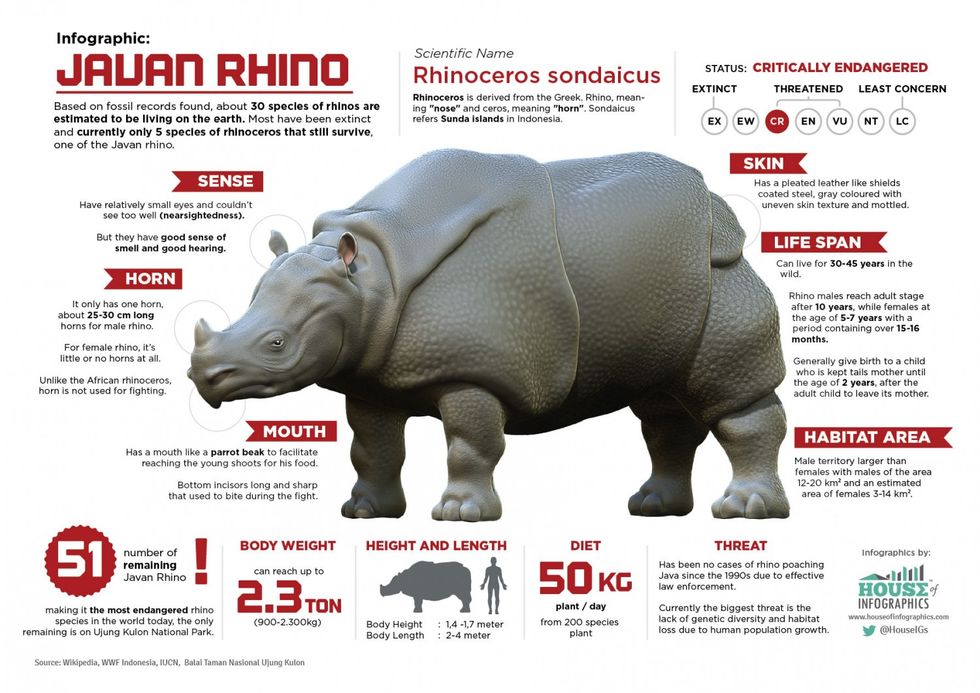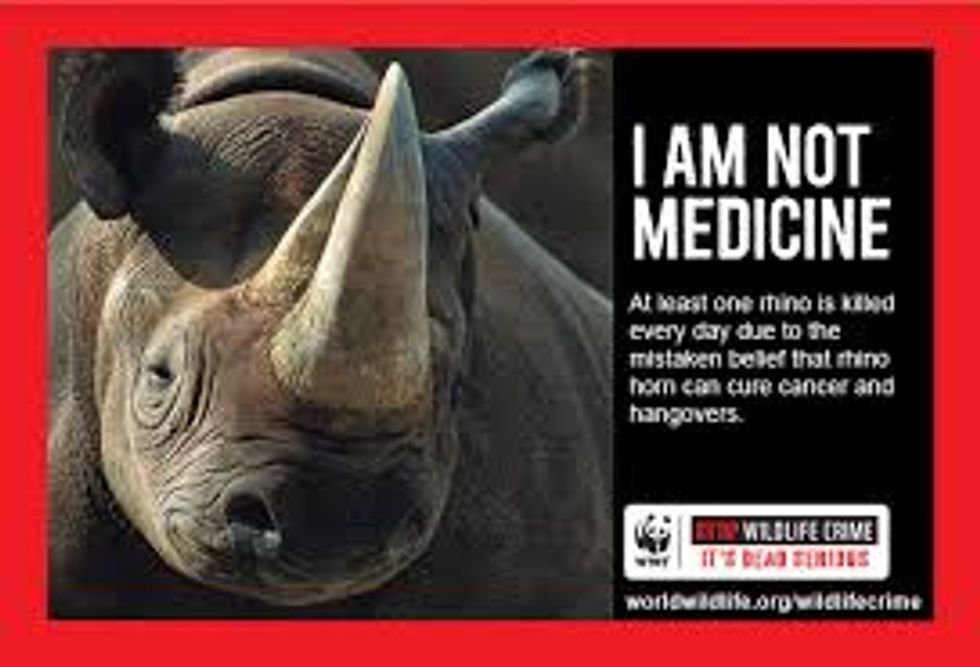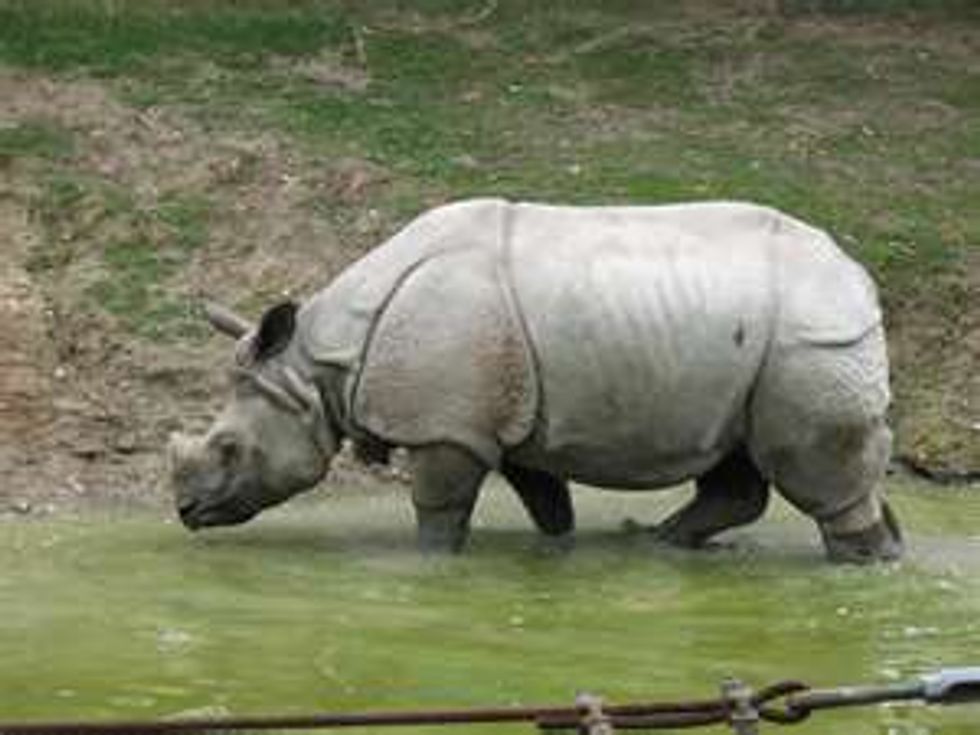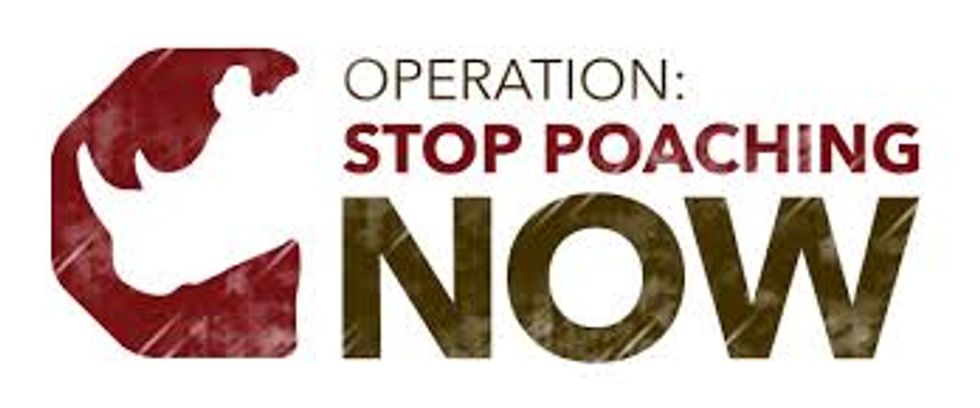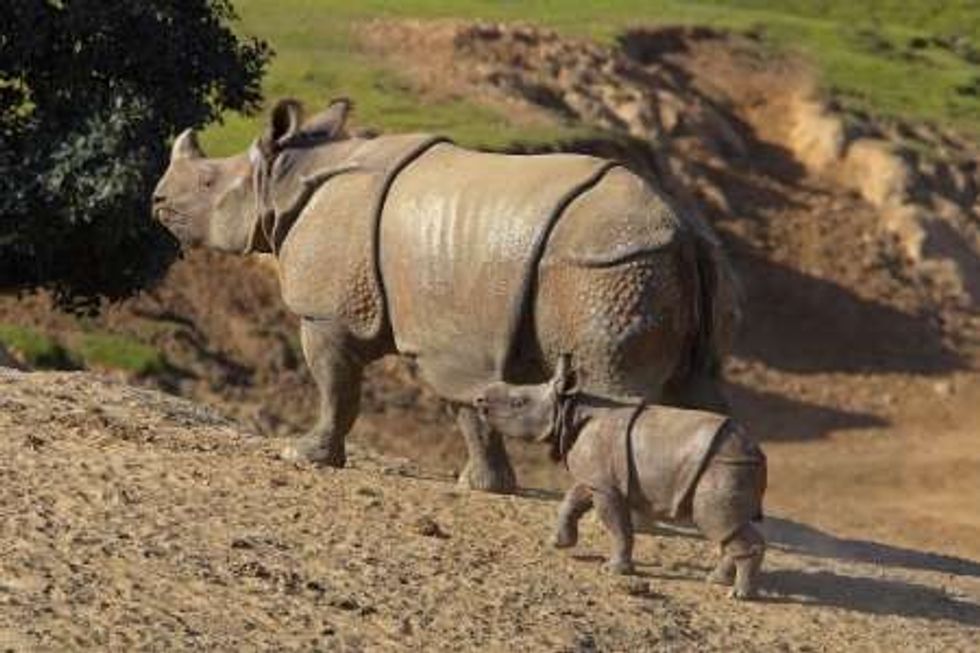According to the World Wildlife Foundation the Javan Rhino is one of Earth's most critically endangered species. The Javan Rhino once thrived throughout Asia, spreading from the Islands of Java and Sumatra to India and China. Today, the Javan Rhino hangs on by a thread as its population has plummeted to a mere 60 individuals. These 60 remaining Javan Rhinos are found in only one place, the protected National Park of Ujung Kulon.
The leading cause for the critical endangerment of the Javan Rhino is poaching. They are primarily poached for one thing, their horn. Throughout time, traditional Asian medicine has said that Rhino's horns have magical healing powers, curing anything and everything ranging from a simple fever to even cancer. Because of that, their horns are widely valued and sold for upwards 40,000 dollars per kilogram on the black market. Study after study has proved that in fact, their horns do not have any healing powers. Rhino horns are made out of keratin, which is the same thing that our hair, nails and skin are composed of. So for those who still believe eating a rhino horn will cure you of all illnesses, consuming a rhino horn is the equivalent of eating your own hair. Though efforts have been effective in reducing the amount of poaching, it has left ever lasting scars that leave the species at the brink of extinction.
Other threats to the Javan Rhino include habitat loss, reduced genetic diversity, and a vulnerable location to natural disasters. Though the Javan Rhino now resides in a protected national park, it is not large enough to support a hopefully growing population. Outside the park, there is very little suitable habitats for the rhino to thrive in. Because of the extremely small population of the remaining Javan Rhinos, there is very little genetic diversity, making it hard to adapt to change and also reproduce and survive. The Ujung Kulon national park it located on the west tip of the island of Java. This location is highly vulnerable to tsunamis and other natural disasters, which could cause the Javan Rhino to become extinct.
Many conservation efforts are taking place to help save this species that is on the brink of extinction. The International Rhino Foundation and the Rhino Foundation of Indonesia have teamed up to form the Javan Rhino Conservation Program and operate Rhino Protection Units. Rhino Protection Units help protect rhinos from poaching and other human threats. The World Wildlife Foundation also plays a key role in the rhino's conservation efforts. WWF is conducting ongoing research to help learn more about the Javan Rhino so we can better understand them so we can help save them. They also work with the Ujung Kulon National park to ensure that the rhino's habitat is maintained by removing the invasive species, Arenga palm, which leaves the rhino's habitat empty of it's food source.
The Javan Rhino is just one of the many Rhino species which are on the verge of extinction. While there are organizations working hard to help save this species, it is education that will help all species in the long run. In a time where species are vanishing off the earth at an alarming rate it is so important that we all aware of the consequences that human actions have on the environment.
"The wildlife and its habitat cannot speak, so we must and we will."
- Theodore Roosevelt
You can learn more about the Javan Rhino, the threats it faces, and what we can do it help by visiting http://www.worldwildlife.org/species/javan-rhino


